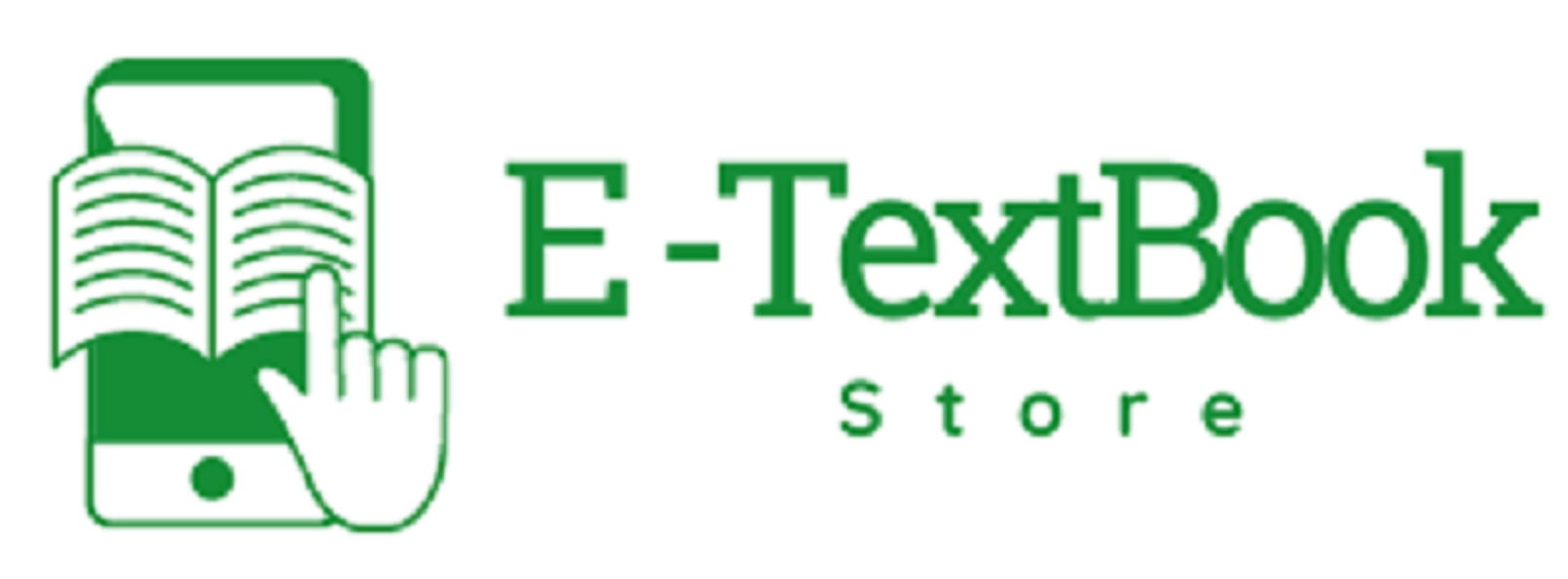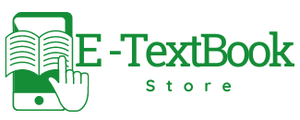Textbook Reading Strategies For Ultra-Efficient Learning
on June 19, 2024Reading is a critical part of learning, whether you’re in college or not.
But if you are in college, you probably feel like you’re drowning in reading assignments. How are you supposed to do all of this reading while still having time for extracurriculars, a part-time job, and maybe even a social life?
While the reading load in college can be substantial, there are ways to make it more manageable. Below, I’ll explore how to read a textbook (or any reading assignment) in a way that saves you time while boosting your comprehension and retention.
Don’t Do All of Your Assigned Reading
Even if you wanted to do all the assigned reading for a course, you probably don’t have time. But telling you not to do all the reading is still controversial advice, despite the reality that college places many additional demands on your time.
So let me be clear: I’m not advising you to blow off all your reading assignments. Instead, I encourage you to figure out which reading is most important and focus on that.
For some classes, this will mean doing all of the reading assignments. For others, you can get by with skimming the reading or focusing only on certain sections. And, finally, there are some classes where cracking the textbook is almost unnecessary.
It’s important to remember that it’s rarely a binary choice between “read everything” and “read nothing.” Most classes are on a spectrum somewhere between these extremes. Here’s how to figure out where your class falls on that spectrum:
How to Gauge the Amount of Reading a Class Requires
How are you supposed to know how much reading you need to do for each course?
In most cases, you don’t know when you start the class. Instead, you need to spend a week or two figuring out how important the reading is to your class performance. Here are some techniques you can use:
The course syllabus can give you clues about how important the reading assignments are.
If you see that most of the assignments are reading-based and most of the class meetings are devoted to discussion, that’s a good sign the reading will be important. After all, you can’t contribute much to discussions of the reading assignments if you haven’t done them.
Additionally, if your grade is based mostly on essays about the reading, then that’s another red flag that the reading matters a lot. This is often the case with literature courses, in which two or three papers typically determine your final grade
Finally, if you see assignments that require you to summarize or otherwise reflect on the reading assignments, you best set aside extra time for them. Since the professor is directly checking if you did the reading, your grade could suffer if you don’t.
The syllabus is a great start to gauging how much reading you need to do for a class, but it won’t tell you everything. That’s why you should also pay attention to how the material covered in class compares with what’s in the textbook.
If you find that the lectures overlap extensively with the assigned reading, then you can probably cut back on the amount you read (as long as you pay attention and take good notes in class).
But if you find that the lectures are wildly different from the textbook material or only provide a general overview, then give more time to the assigned reading.
Sometimes, the professor will straight-up tell you how much the reading matters to the course.
If they tell you that the final exam will be based primarily on the assigned reading, then you better read the textbook closely.
On the other hand, if they tell you that the reading assignments are more of a supplement to their lectures, you’re likely safe doing less of the reading.
The professor may also give you more specific guidance for a particular reading assignment. For instance, I’ve had professors who disagreed with the way a particular textbook section explained a concept and told the class not to read it.
When you’re lucky to get guidance this specific, be sure to heed it!
Want to spend as little money as possible on your textbooks? Here’s how.
9 Tactics for Fast and Effective Textbook Reading
“How often you read something is immaterial; how you read it is crucial.”
– Virginia Voeks, On Becoming an Educated Person
Once you’ve gauged how much you need to read for a class (or if you need to read for it at all), you still have to do the work of reading.
However, there are many things you can do to make your reading process faster and more effective. Here are the best tactics we’ve found for reading a textbook:
In any given class, you’ll have many kinds of reading assignments.
But generally, there are one or two “primary texts” that are most important to the class. Often, this will be a textbook. But it could also be a collection of scholarly articles or other books. Whatever it is, focus your time on reading the class’s primary text(s), and don’t worry so much about supplementary materials.
I had some classes, for instance, where the professor would assign (or just mention) articles that they found interesting or that attempted to make the material more “relevant.” In most cases, you can get by with skimming (or completely skipping) these types of supplementary reading.
Running your eyes over the page without engaging with the material is nearly as bad as not reading at all. While you may pick up some information this way, it’s not an effective way to learn.
Instead, you should read with focus and intent. What information are you trying to get from this reading assignment? How will it help you expand your knowledge of the subject overall? How does it tie into the material the professor covered in their lecture?
When you read with these questions in mind, you’ll get a lot more out of the reading than if you mindlessly consume it.
“We have all seized the white perimeter as our own
and reached for a pen if only to show
we did not just laze in an armchair turning pages;
we pressed a thought into the wayside,
planted an impression along the verge.”
– Billy Collins, “Marginalia”
I used to be allergic to writing in my books. Why mar that perfect page with underlining and scribbled notes?
Now, however, I write in almost all the books I own, and I encourage you to do the same.
Annotating a book is the most literal way to engage with the material. You can underline or highlight phrases that seem important, and you can write notes in the margins to help clarify your thoughts about the material. Plus, you can mark anything you don’t understand.
Once you annotate your reading this way, it will be much easier to review the material at a later date or turn your annotations into a separate page of notes (which I discuss in the next section).
If you can’t write in your books because you rented or borrowed them from the library, you can still annotate with sticky flags or sticky notes.
Just put the flags next to passages you find interesting, and use the sticky notes for leaving notes in the margin without actually writing in the book. When it’s time to return the book, all you have to do is remove the pieces of paper.
While writing in the book is a great start to boosting your comprehension, ideally you should also take notes on your assigned reading.
Taking notes forces you to summarize and condense the material, focusing on the most important ideas. Plus, putting the material in your own words will help you remember it when it’s time to take an exam or write a final paper.
If you’re wondering how to take notes, check out this guide to our favorite methods.
But ultimately, the style of note-taking you use matters less than spending the time to take notes at all. You can always refine your system once you get in the habit of taking notes.
Wondering which format is best? Check out our comparison of physical, digital, and audiobooks.
Textbooks and academic articles often seem to take pride in using confusing, technical language. Plus, you’re bound to come across concepts that just don’t make sense the way the author explains them.
While this can be frustrating, it’s also a chance to write down questions to ask your professor or TA the next time you meet. Put these questions in your notes, underlining or highlighting them if that helps you remember to ask about them in class or office hours.
Besides helping you understand the material, asking these kinds of questions shows the professor that you’ve actually done the reading and care about the class. Which certainly won’t hurt your grade…
Textbooks aren’t like novels. There usually isn’t a narrative to follow or characters to keep track of (unless you’re taking a literature class, of course). Because of this, there’s no need to do your assigned reading in order.
Instead, it’s often more useful to skip to the end of the chapter and use the material there to guide your reading.
Most textbook chapters end with questions to test your comprehension, as well as a summary of the material and possibly a list of important terms. If you read this stuff first, then it can help you focus on the important ideas as you read the chapter in full.
Paying attention to the formatting of your reading can help you read faster and avoid wasting time on extraneous paragraphs or sentences.
Here are some types of formatting to watch for:
So far, I’ve talked a lot about how to find important words, phrases, and passages in your assigned reading. But don’t get so focused on the words that you forget to read figures, diagrams, and other illustrations.
For some classes (especially in STEM) these are more important than the main words. For instance, an anatomy or chemistry class will usually require you to label (or even reproduce) diagrams of different processes or structures.
If you’re taking such a class, be sure to pay attention to the visual explanations as you read the textbook.
For many technical courses, the textbook is less a place to find explanations and more of a source for practice material.
In a math course, for instance, the goal of reading the textbook usually isn’t to learn how to solve problems; the professor typically covers this in their lectures. Instead, the textbook provides material to practice what you learned in class.
In these cases, you can usually skim the introductory material or explanations for each chapter (so long as the professor has already covered it in class, of course).
Get Back to Reading
I hope this article has shown you how to read a textbook (or other assigned reading) more efficiently. You still have to set aside time to do the reading, but you should now be on your way to spending less time on it.
Ultimately, the biggest challenge is forming a consistent habit of reading some each day. If you need help building this habit, then you might like our free habit-building course. Check it out below:
Building habits isn’t just about discipline; there are real-world steps you can take to set yourself up for success! In this course, you’ll learn how to set realistic goals, handle failure without giving up, and get going on the habits you want in your life.
Image Credits: stacks of textbooks


